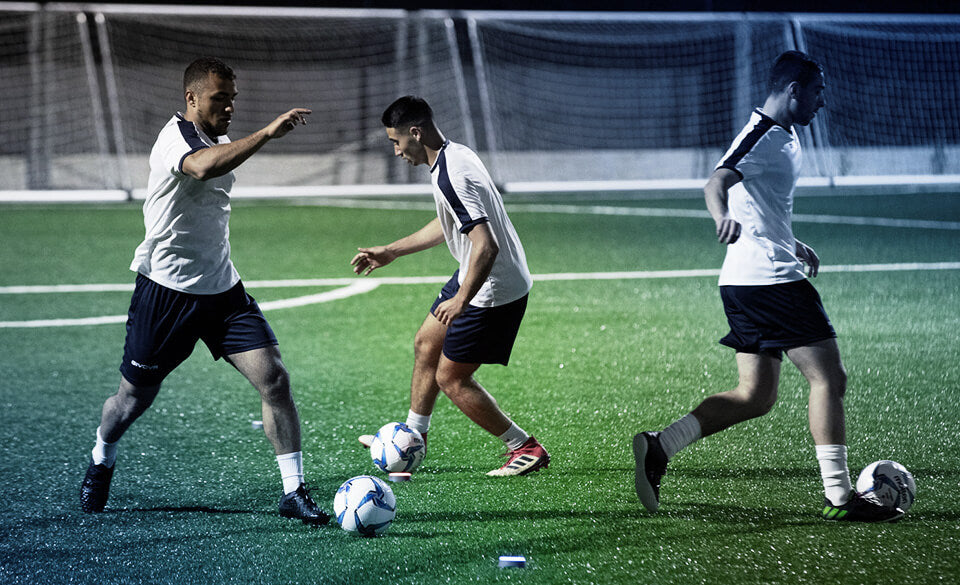Things to Watch for When Training for Parkour
 When training for parkour, it is important to keep a few things in mind. The two main things to watch out for when training are injuries and and misinformation. Read on to learn more about these issues to be aware of.
When training for parkour, it is important to keep a few things in mind. The two main things to watch out for when training are injuries and and misinformation. Read on to learn more about these issues to be aware of.
Watch For Injuries
During your first few training sessions, and throughout your training, it is very important to listen to your body. I’m not talking about your stomach gurgling, I’m talking about your muscles and joints. Before going forward, I need to explain that there are two types of pain that are very different when it comes to working out. One type of pain is just soreness and muscle fatigue. Your muscles are tired and are building up lactic acid which makes you tired and have to grit your teeth a little to finish the exercise. This type of pain is okay and actually necessary to advance.
The other type of pain is generally sharp pains in any muscles, tendons or joints. This type of pain is very detrimental and if ignored can lead to chronic injury and pain. These types of injuries are typically sustained from repetitive motions (like jumping) or a traumatic incidence (like falling). These are things that happen with regularity when training parkour so you must prepare yourself physically for the demands of the sport. The overall point is:
IF IT HURTS, STOP DOING IT
This sounds simple but is often overlooked. There will be much more detail on this subject going forward, but I wanted you to be aware going in.
Watch For Misinformation
Even though parkour is growing there is now a healthy population of traceurs out there, there are also many people who jump off of picnic tables every third weekend. While this is fine and I have no problem with it, I do have issues when these inexperienced folks try to give advice to other athletes starting out in parkour. Often, advice received from novice athletes is wrong or at least questionable. I challenge you to question all advice (even mine) and let me know when you find certain exercises, movements, or skills that can be performed more effectively.
Online parkour forums, discussion boards, and YouTube channels run wild with novices giving out advice willy nilly. While I believe this to be a great source of information, I suggest you also check out some other quality resources to compliment. Here are some other high quality parkour information resources:
Parkour GenerationsChris (Blane) Rowat’s Parkour ‘s Parkour Dojo
These are three resources which are extremely high quality informational sources. All three are written by traceurs with years of experience and notoriety within the community. I encourage you to compare my teachings with that of these sources (and other quality informational sources) and let me know if there are any discrepancies so I can help you advance as effectively as possible!



